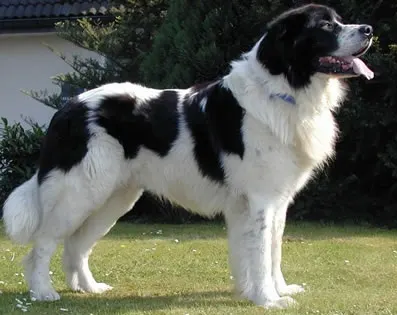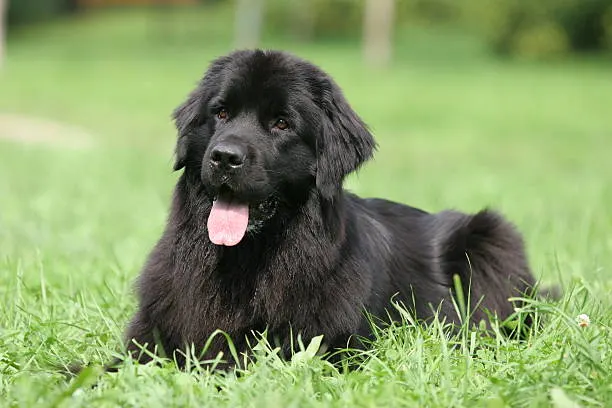
Newfoundland: The Aristocrat Among Dogs

Jakarta, Xweb.biz.id – The Newfoundland dog, named after the island of Newfoundland in Canada, is known as one of the most captivating dog breeds. With its large physique and gentle nature, this breed has long been admired by animal lovers. In this article, we will delve into the physical traits, characteristics, and care requirements of the Newfoundland dog.
Varieties of Color and Physical Traits
Newfoundland dogs come in two primary color varieties: black and white-and-black. There is also a rare bronze variety, though it’s quite uncommon. The black variety typically has a solid black coat, although it often features a white marking on the chest, which is considered a hallmark of the breed. Any white on the head or body would place the dog into a non-black category.
In the non-black varieties, you may see combinations such as black-and-tan, bronze, and the predominant white-and-black. For the white-and-black Newfoundland, the beauty of its markings is very important. The head should be black with a white muzzle and blaze, while the body should be white with large patches of black on the back and legs.
Ideal Physical Traits
Overall, Newfoundland dogs possess a large and sturdy build. Here are the key physical traits that define this breed:
-
Head: Broad and massive, but not heavy in appearance. The muzzle is short and square, with dark, small, deep-set eyes.
-
Body: Long and square, with a deep and broad chest. The legs are short and strong, with round bones covered in muscle. The feet are large, round, and tight.
-
Tail: Long enough to reach just below the hocks, without curling over the back.
-
Coat: Dense with a thick undercoat, and the outer coat is somewhat harsh and straight.
In general, a Newfoundland should appear strong, yet agile, with a slightly rolling gait as it moves freely. Despite their large size, Newfoundlands are surprisingly active.
Size and Weight
Newfoundland dogs are impressive in size. According to the Newfoundland Club standard, the ideal weight for a male dog ranges from 120 to 140 pounds (54 to 63 kg), with a shoulder height of about 27 inches (68 cm). Female Newfoundlands should weigh between 110 and 120 pounds (50 to 54 kg) and have a shoulder height of around 25 inches (63 cm).
Raising Newfoundland Puppies
Raising Newfoundland puppies requires special attention to ensure proper growth. Early nutrition should include well-boiled rice mixed with milk, followed by finely minced lean meat. A diet rich in protein is essential for optimal growth, and puppies should gain about 3 pounds (1.36 kg) per week.
Newfoundland puppies thrive on plenty of meat, both raw and cooked, and milk is also beneficial but should be enriched with casein for added nutrients. They need ample space to move around and exercise freely, as forcing them into structured exercise routines too early can harm their physical development.
Worming treatments should be given shortly after weaning, and again at 3–4 months. Puppies free of worms are generally hardy and, under the right care and conditions, are relatively easy to raise.
Temperament and Personality
Known for their kind-hearted nature, Newfoundland dogs are gentle giants. They are intelligent, easy to train, and have strong protective instincts. Despite their large size, they are known for being calm, friendly, and affectionate, especially with children. Their bravery, combined with their gentle demeanor, makes them an excellent choice for families.
Conclusion
The Newfoundland dog is a perfect example of a breed that is both strong and gentle. Its impressive physique and sweet temperament make it a favorite among dog lovers. With proper care from an early age, a Newfoundland can grow into a loyal, powerful, and affectionate companion.
If you’re considering adopting a large dog, make sure you’re ready to provide the care and space that a Newfoundland requires. This noble breed is not only a magnificent addition to any home but also a loving and devoted member of the family.




